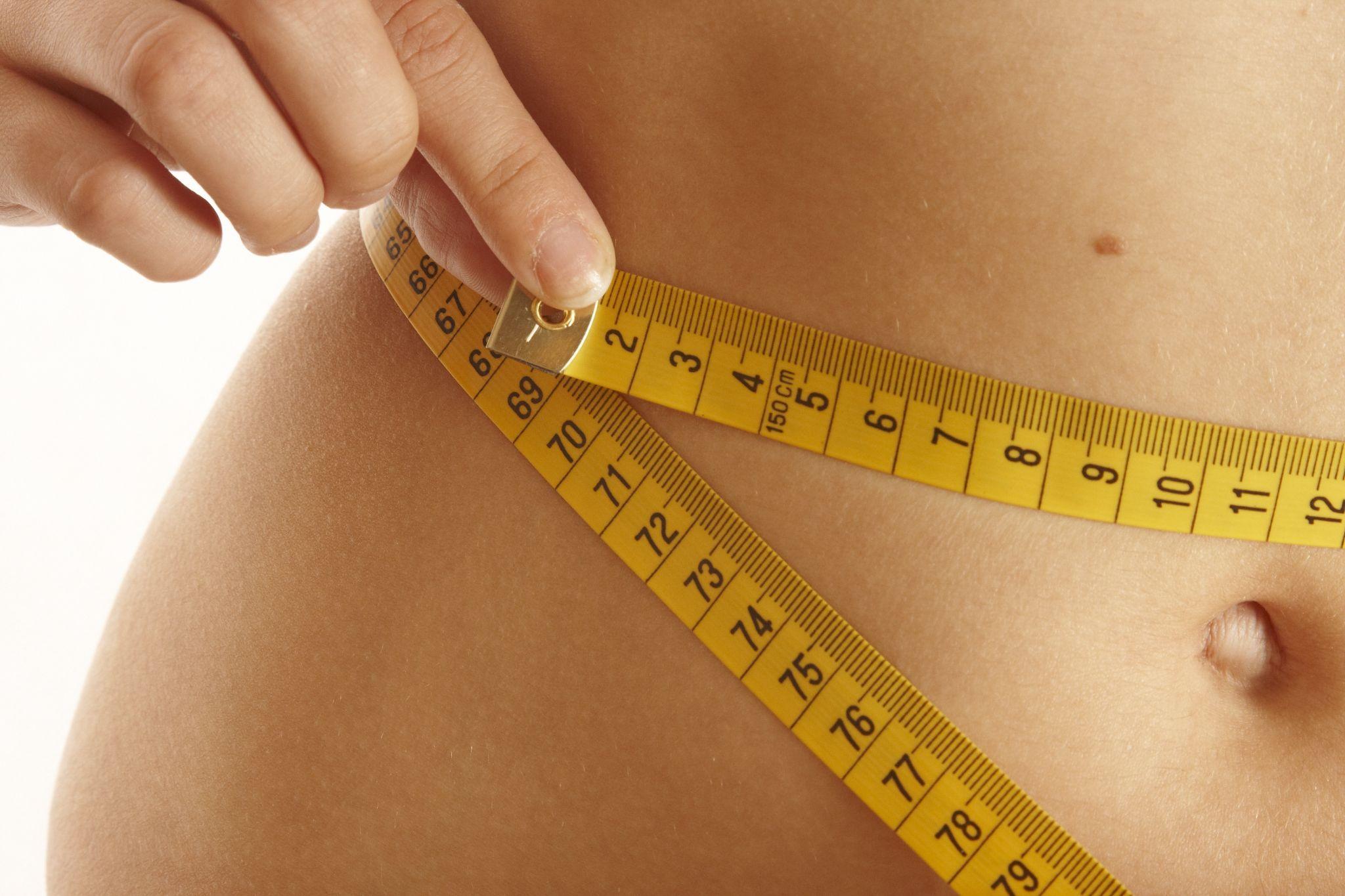Many people don’t feel comfortable in their own skin, or at least they wish it was more taught and toned, especially the tummy. As we age, staying fit becomes more challenging because our metabolism slows down and there are other changes that occur that can invite some extra padding around the belly. Searching for the best tummy tuck plastic surgeon in the Los Angeles area, and having the procedure are only two parts to your amazing journey to live the best version of your true self. Recovery time is also part of that journey. Your ability to follow post-surgery and discharge instructions from your plastic surgeon is key to having the best outcome possible. Here are five tips to having a graceful, speedy recovery after a tummy tuck procedure.
1. After Your Tummy Tuck Procedure, Don’t Lay Around Too Much
You are going to need help in getting your meals and getting to the restroom, but don’t take this as a que to stay in bed or remain sitting all day. You will want to get up every few hours and get your body moving to prevent blood clot formation in the legs. Just keep in mind the movement you engage in should be moderate. In other words, avoid excessive walking, lifting, or prolonged standing for the first week following your tummy tuck surgery.
Every hour flex your leg muscles while you are sitting in a chair or lying in bed. When walking around the home or in your yard, you may feel like haunching over or bending forward like the way a grandmother walks, and this is perfectly acceptable. You will want to walk in whatever way is comfortable.
Finally, in the first week after your tummy tuck surgery, you may feel really good. But even if you feel amazing, you will want to take it easy after a tummy tuck procedure in order to avoid complications. While walking around to get your blood moving is fine, avoid overexertion. If you overdo it, you can find yourself back at square one in your recovery process. Overexerting after surgery can also lead to complications, and cause pain. Avoid lifting anything that weighs 10 pounds or more for the next six weeks after your tummy tuck surgery, as this is clear cut overexertion.
2. Try to Avoid Becoming Constipated
When many people have come off of anesthesia and are on a pain medication, having difficulties making stool is fairly common, especially after a tummy tuck. You will want to avoid abdominal straining when attempting to defecate, but the side effects of your pain medication could throw a curveball. Ask your plastic surgeon for a stool softener, and avoid foods associated with constipation such as dairy, red meat, and processed grains.
3. After a Tummy Tuck Be Sure to Take Enough Time Off From Work
Most people who get a tummy tuck procedure can return to work one week after surgery. However, if you don’t feel like returning back to work after that week, then take more time. Let your work know you will be absent on medical leave for two weeks. This way, even if you feel capable of going back in one week, you will have a massive cushion of time to play things by ear, and this will relieve any stress that could otherwise be associated with returning to work.

4. Avoid Any Stress After a Tummy Tuck Surgery
When you are recovering from your tummy tuck surgery, you should avoid stressful things. Stress leads to abdominal tightness and nausea, and to have a healthy, peaceful recovery you will need to stay rested and calm. If you have kids, see if a family member can lend a hand in childcare. Avoid topics that create stressful tension such as family drama.
5. Wear Your Support Garments, as Instructed, After a Tummy Tuck Procedure
Your plastic surgeon may have you wear support garments when you are discharged. The garment is designed to support your abdomen, reduce swelling, and encourage healing. In some cases, people are given compression socks and leggings when they are discharged. These will help to prevent blood clots in your legs that can form when you aren’t physically active.
Follow Your Surgeon’s Instructions and Don’t Rush Anything
By following these five tips, you can help to facilitate a peaceful healing period and avoid any complications that could creep in from being careless. In addition, don’t do things to try to speed up the recovery process. Allow your body to recover naturally and follow your surgeon’s instructions. Before you know it, you will be out and about with a beautiful, flat, stomach and your confidence will be soaring. You can wait a week or two to feel this way.


